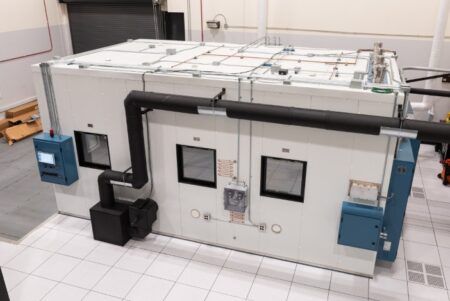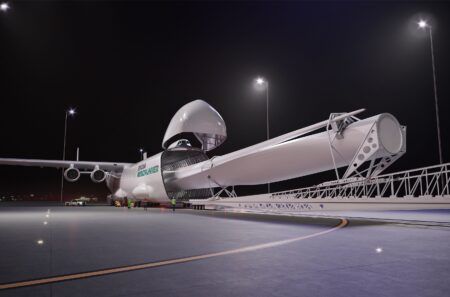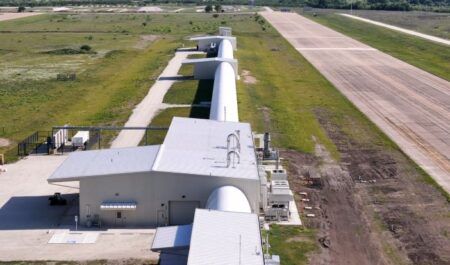The US Navy successfully completed its first Joint Air-to-Ground Missile flight test on the Bell AH-1Z helicopter last month.
During the flight, which took place at Patuxent River, Maryland, aircrew aboard the AH-1Z navigated the missile through various operational modes and exercised its active seeker to search and/or acquire targets, demonstrating its compatibility with the aircraft.
Liam Cosgrove, Joint Air-to-Ground Missile (JAGM) flight test lead, said, “Initial results from the flight indicate the missile performed as planned. We will continue to conduct a series of tests to prepare for live fire testing of the JAGM off the AH-1Z scheduled for early this year.”
JAGM, a joint program with the US Army, is a precision-guided munition for use against high value stationary, moving, and relocatable land and maritime targets. It uses a multi-mode seeker to provide targeting day or night in adverse weather, battlefield obscured conditions, and against a variety of countermeasures.
“This missile will provide increased lethality and better targeting capabilities, beyond the Hellfire’s laser point designating capability that the AH-1Z currently has in theater today,” said Captain Mitch Commerford, manager for the Direct and Time Sensitive Strike (PMA-242) program.
JAGM is managed by the Program Executive Office for Missiles and Space, Redstone Arsenal, Alabama. It will initially be employed on the AH-64 Apache and Marine Corps’ AH-1Z helicopters and is compatible with any aircraft that can carry Hellfire missiles. The Army will complete a 48-shot test matrix on AH-64 Apache aircraft by May 2018.
January 22, 2018





